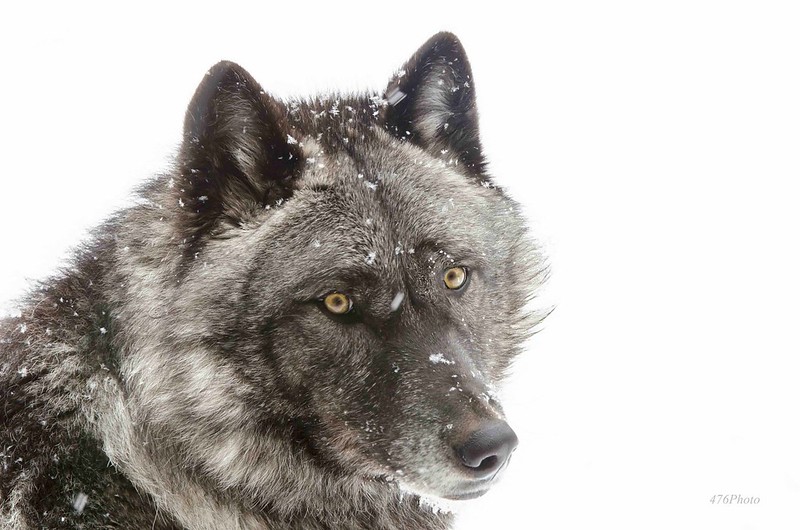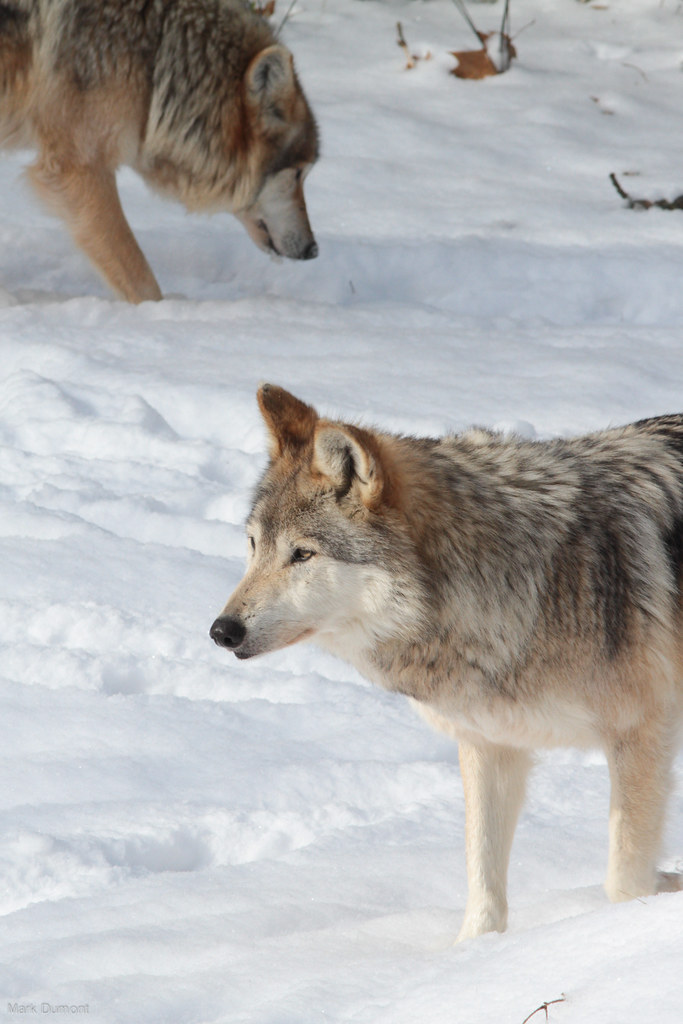By
on February 28, 2015
on February 28, 2015
In nearly a decade since wolves first made their return to Oregon, their
numbers have reached the critical mass necessary to open up debate over
whether the state's population is still in danger of collapse.
The state department of Fish and Wildlife announced earlier this week that there are now 77 known wolves in Oregon, 13 more than at the end of 2013.
An animated .gif created by The Oregonian/OregonLive offers a visual depiction of Oregon's wolf recovery, from 2009 to today.
The vast majority of the state's wolves are clustered in an area bounded by the Snake River to the east, the Columbia River to the north, and Interstate 84 to the south and west. In the past year, OR-7 and his family, plus another lone wolf, have strayed further south and west.
The wolves' continued population growth in 2014 triggered a review of their endangered status.
The Oregon Fish and Wildlife Commission, the governing body that will ultimately decide whether to remove protections, will begin the discussion Friday with a staff report on the annual wolf count. In the coming months, state officials will continue studying the state's wolves to determine whether the population is strong enough to stand on its own. They'll eventually issue their recommendations to the commission.
Throughout the process, the commission is likely to hear strong advocacy both for an against a delisting from environmentalists, outdoor interest groups and ranchers.
Conservationists argue 77 wolves statewide are not enough to constitute a strong, healthy population. Ranchers, on the other hand, note the bulk of the predators live in a small section of the state that also happens to be the heart of Oregon's ranchland. They argue existing protections for wolves prevent ranchers from defending their livestock.
As wolf numbers have grown, the frequency of their run-ins with livestock has generally increased, although last year the number of confirmed killings decreased despite the wolf population's growth.
The Oregonian will continue reporting on the status of Oregon's gray wolves as discussions continue. In the meantime, enjoy the map and post your questions about wolves in the comments.
--Kelly House
--Mark Graves
The state department of Fish and Wildlife announced earlier this week that there are now 77 known wolves in Oregon, 13 more than at the end of 2013.
An animated .gif created by The Oregonian/OregonLive offers a visual depiction of Oregon's wolf recovery, from 2009 to today.
The vast majority of the state's wolves are clustered in an area bounded by the Snake River to the east, the Columbia River to the north, and Interstate 84 to the south and west. In the past year, OR-7 and his family, plus another lone wolf, have strayed further south and west.
The wolves' continued population growth in 2014 triggered a review of their endangered status.
The Oregon Fish and Wildlife Commission, the governing body that will ultimately decide whether to remove protections, will begin the discussion Friday with a staff report on the annual wolf count. In the coming months, state officials will continue studying the state's wolves to determine whether the population is strong enough to stand on its own. They'll eventually issue their recommendations to the commission.
Throughout the process, the commission is likely to hear strong advocacy both for an against a delisting from environmentalists, outdoor interest groups and ranchers.
Conservationists argue 77 wolves statewide are not enough to constitute a strong, healthy population. Ranchers, on the other hand, note the bulk of the predators live in a small section of the state that also happens to be the heart of Oregon's ranchland. They argue existing protections for wolves prevent ranchers from defending their livestock.
As wolf numbers have grown, the frequency of their run-ins with livestock has generally increased, although last year the number of confirmed killings decreased despite the wolf population's growth.
The Oregonian will continue reporting on the status of Oregon's gray wolves as discussions continue. In the meantime, enjoy the map and post your questions about wolves in the comments.
--Kelly House
--Mark Graves


